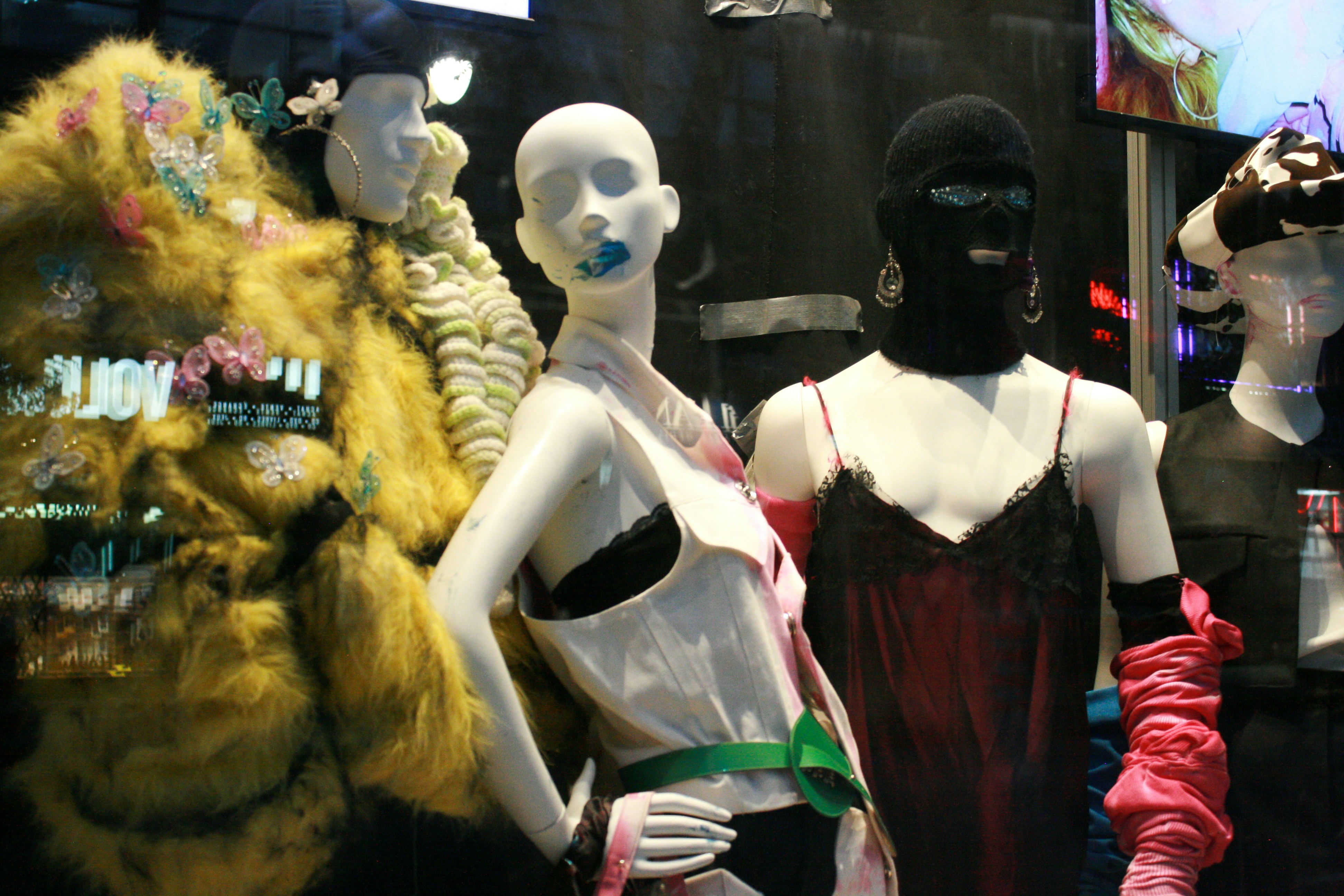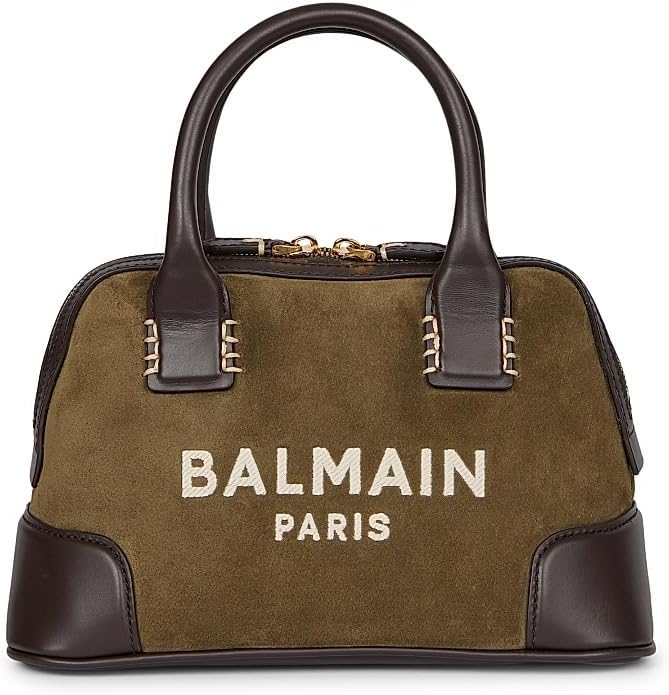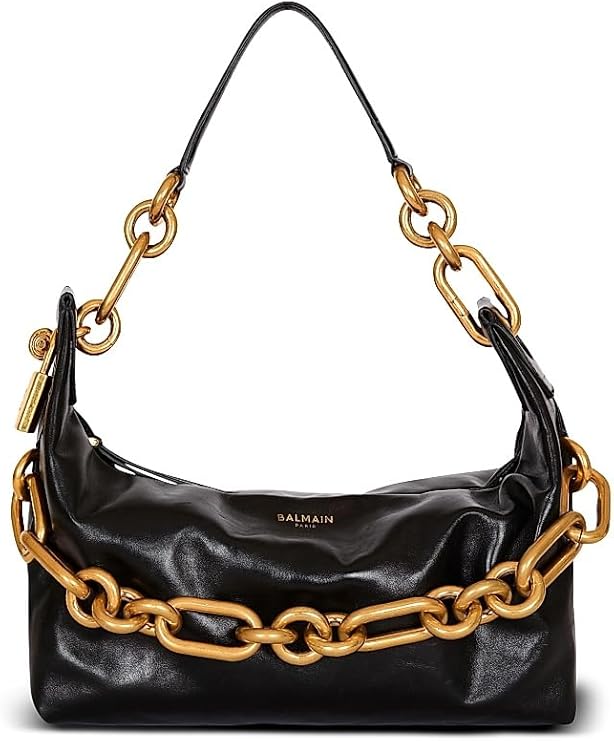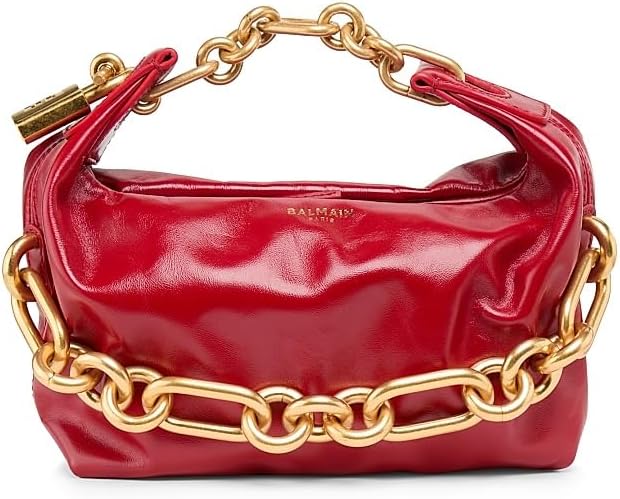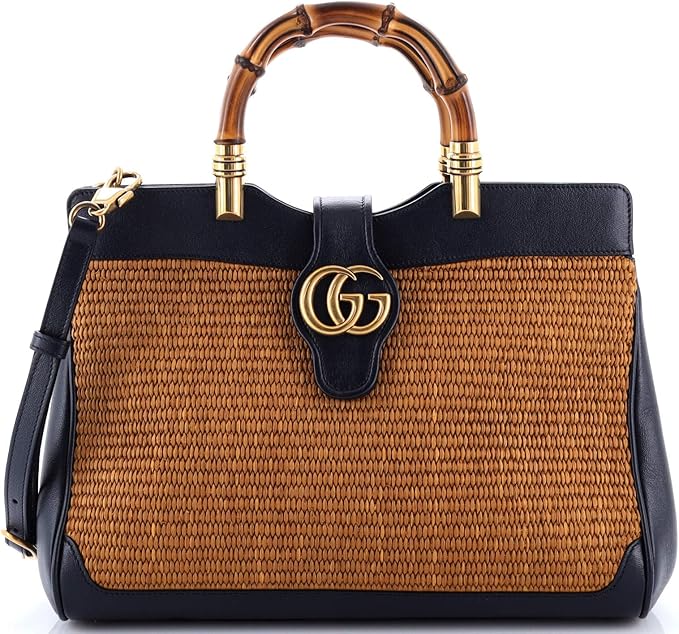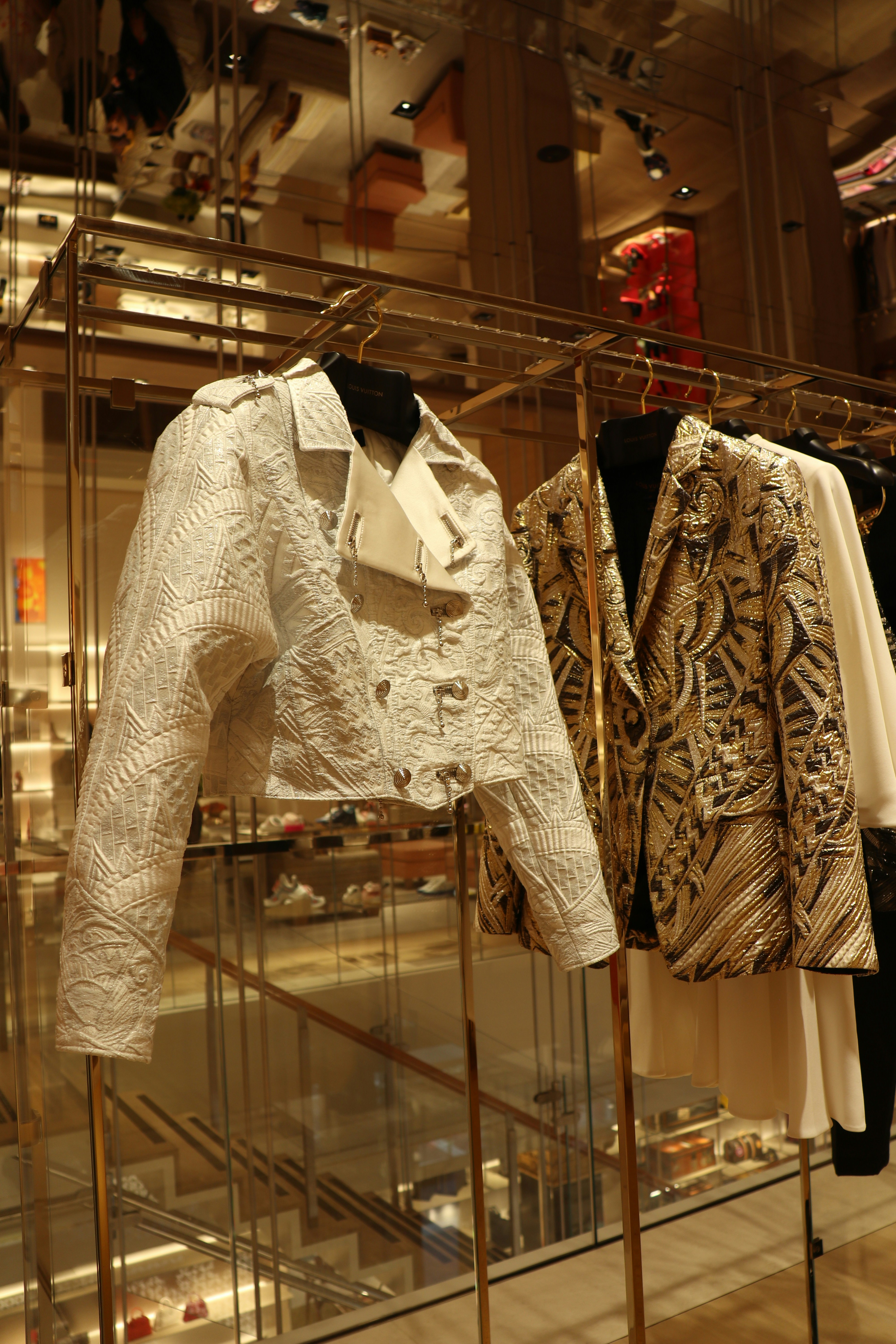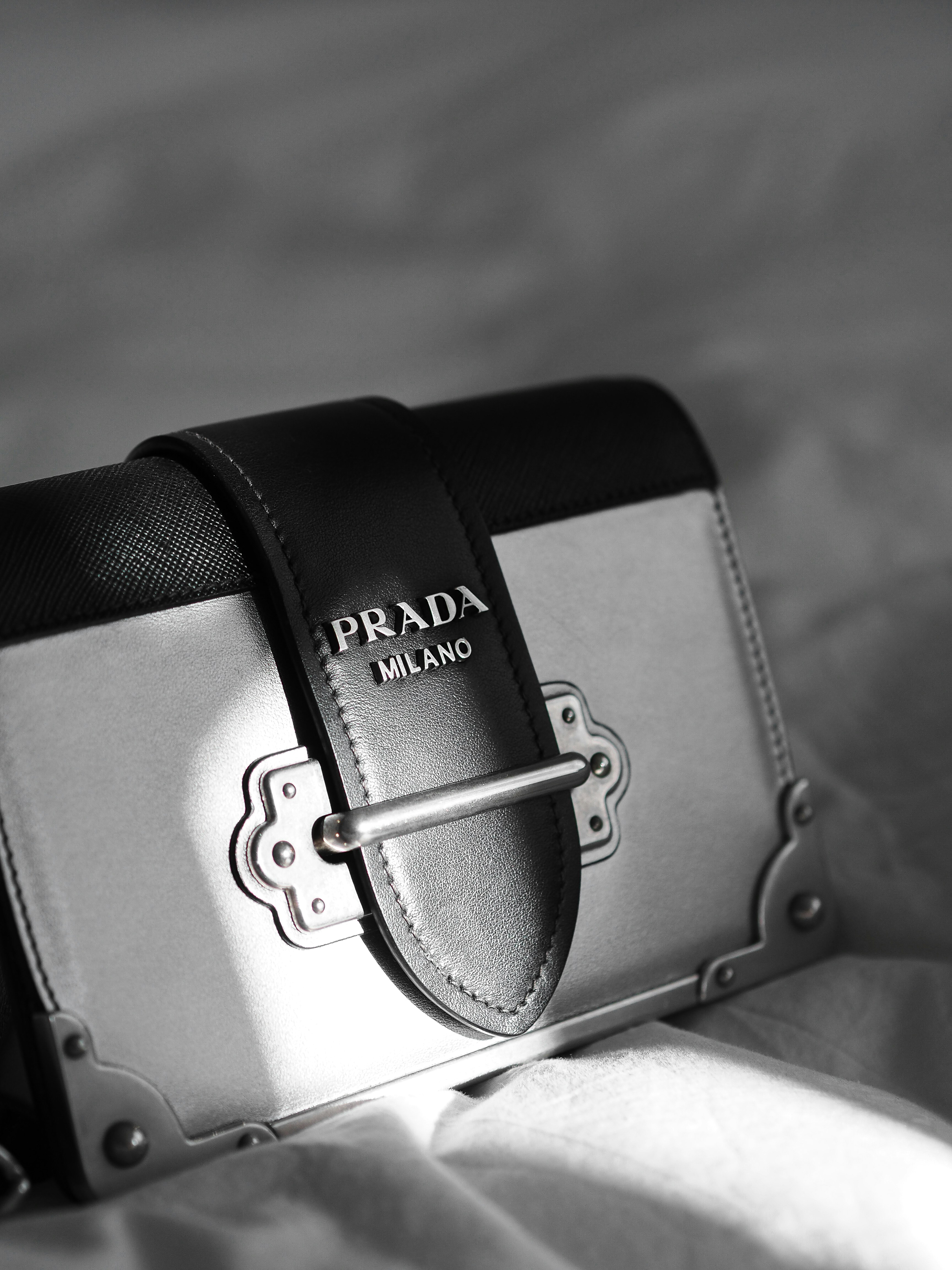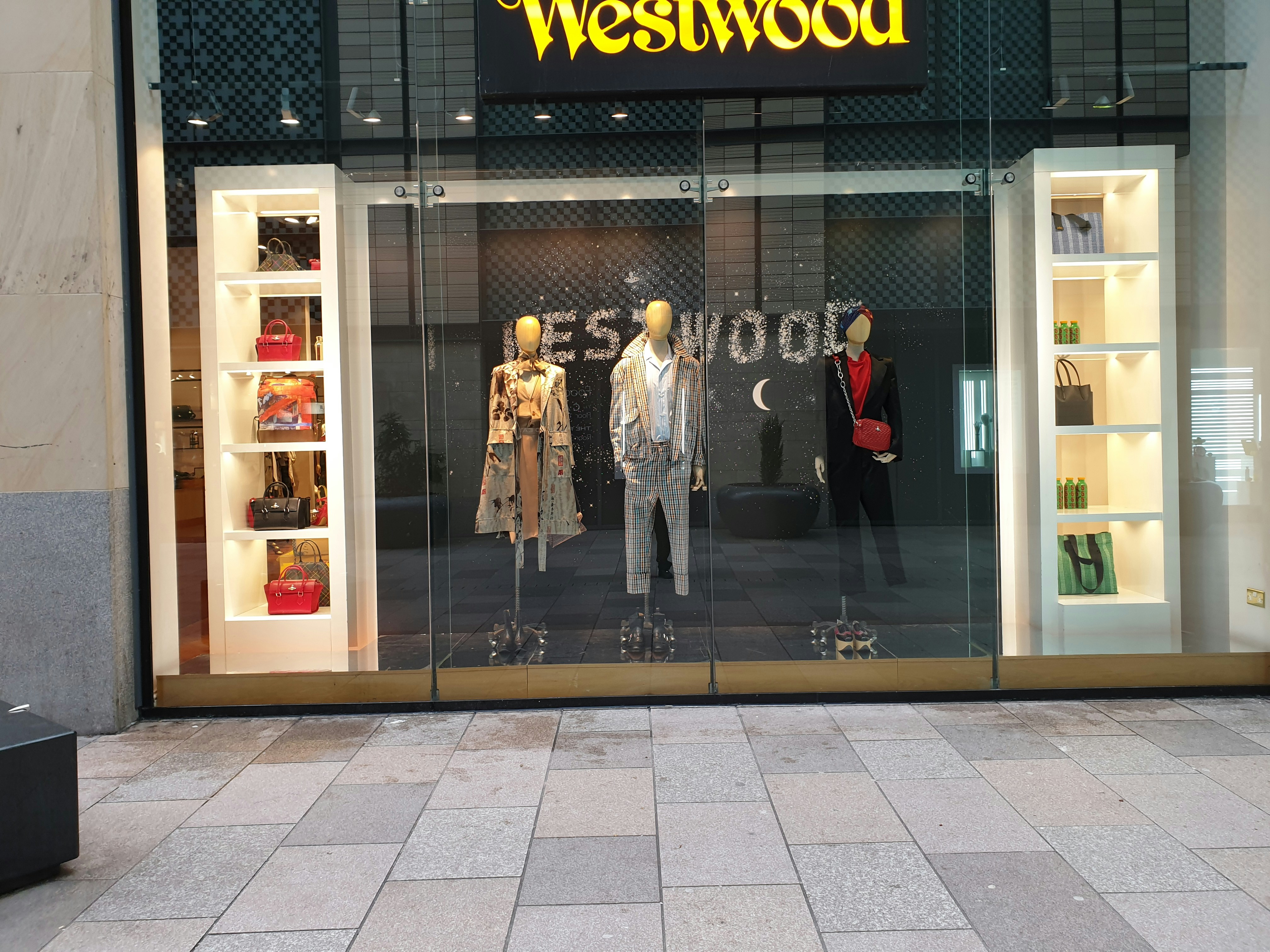The Birth of Iceberg Fashion
Iceberg Fashion emerged in 1974 as a revolutionary brand, marking a significant shift in the knitwear industry. Founded by the creative duo Giuliana and Paolo Gerani, their vision was to infuse the traditional textile craft with the vibrant energy of contemporary art. The inspiration was heavily drawn from the pop-art movement, which was characterized by bold graphics and a playful approach to visual aesthetics. This artistic influence is what set Iceberg apart from other fashion labels at the time, allowing them to craft a unique identity within a crowded marketplace.
The initial years were not without challenges. The Gerani couple faced fierce competition and skepticism from established fashion houses that dominated the Italian textile scene. However, their commitment to high-quality materials and innovative design gradually earned them recognition. The duo’s distinct approach—merging colorful, graphic designs with premium knitwear—paved the way for a fresh perspective in the fashion world. Iceberg quickly became synonymous with an avant-garde style that appealed to a progressive audience seeking to express individuality through their clothing choices.
Moreover, the brand’s unique selling proposition lay in its ability to seamlessly combine comfort with artistic expression, creating pieces that were not only visually striking but also wearable. This innovative blending of practicality and creativity enabled Iceberg Fashion to stand out among its competitors. The founders’ dedication to craftsmanship and their willingness to break from conventional design norms laid the groundwork for Iceberg’s future success, ultimately establishing the brand as a key player in the evolution of contemporary knitwear fashion. As the 1970s progressed, Iceberg garnered further acclaim, setting the stage for the impactful legacy it would imprint on the industry.
The Iconic Knitwear and Pop-Art Aesthetic
Iceberg emerged as a formidable force in the fashion industry during the 1970s, primarily due to its groundbreaking approach to knitwear. The brand’s signature styles were characterized by innovative patterns, a vibrant color palette, and a striking alignment with the pop-art movement of the era. Influenced by contemporary art, Iceberg designers painstakingly integrated graphic elements, which vividly reflected the zeitgeist of that transformative period. Among their most recognized pieces, the Iceberg logo sweater stands out, not only for its bold design but also as a symbol of the brand’s commitment to merging art with fashion.
The incorporation of pop-art graphics into knitwear was a pioneering concept. Iceberg’s collections featured playful motifs reminiscent of the works of renowned artists, exploring themes of popular culture and consumerism. This unique blend granted the garments a sense of dynamic energy, attracting a youthful audience that sought individuality and self-expression through clothing. Iconic knitwear pieces often portrayed striking representations and intricate designs that felt both artistic and wearable, bridging the gap between fashion and fine art.
Noteworthy collections from the era include the “Pop Art” line, which showcased bold colors and whimsical graphics inspired by comic strips and advertisements. This boldness in design not only pushed the boundaries of traditional knitwear but also encapsulated the broader fashion trends of the 1970s and 1980s, where experimentation and self-exploration were celebrated. Iceberg’s collections were emblematic of a larger cultural shift toward individualism and artistic freedom in fashion, solidifying the brand’s legacy as a pioneer in knitwear. These iconic designs continue to resonate with fashion enthusiasts today, highlighting the lasting impact of Iceberg’s innovative approach to knitwear and its connection to the pop-art aesthetic.
Impact and Influence in the Fashion Industry
Iceberg Fashion, established in 1974, has significantly shaped the landscape of knitwear through its innovative designs and strategic positioning within the fashion industry. Known for emphasizing high-quality materials and daring motifs, Iceberg not only redefined knitwear but also elevated it as a versatile fashion staple. The brand’s creativity and bold approach resonated with a broad audience, inspiring a wave of designers to explore knitwear beyond its traditional boundaries.
Collaborations with prominent figures in fashion further propelled Iceberg’s influence, leading to partnerships with renowned designers who helped bridge the gap between luxury and accessibility. These collaborations not only broadened the brand’s appeal but also showcased the endless possibilities inherent in knitwear, allowing it to penetrate various markets and demographics. Celebrity endorsements from the likes of pop culture icons and fashion-forward personalities further solidified Iceberg’s position, making the brand synonymous with style and innovation.
Moreover, Iceberg’s participation in international runways played an essential role in cementing its reputation. By showcasing its collections at prestigious fashion events, the brand gained invaluable exposure and established connections within the fashion industry that greatly enhanced its visibility. The brand’s avant-garde designs attracted attention from fashion critics and enthusiasts alike, marking a pivotal moment in the evolution of knitwear on the global stage.
Additionally, Iceberg’s integration into the Gilmar Group was a crucial step that expanded its reach and reinforced its brand identity. This partnership enabled Iceberg to leverage resources and expertise, resulting in enhanced production capabilities and marketing strategies. Consequently, Iceberg not only solidified its status as a leading knitwear brand but also played a vital role in the broader narrative of fashion evolution during a transformative era.
Legacy and Modern Revival
Iceberg Fashion has cemented its position as a quintessential name in Italian knitwear, renowned not just for its aesthetic appeal but also for its innovative approach to fashion. Established in 1974, the brand has continually evolved, adapting to the ever-changing dynamics of the fashion industry while maintaining its roots in pop art. This fascinating juxtaposition of legacy and modernity is evident in the brand’s recent collections, which successfully merge classic designs with contemporary trends.
One of the standout features of Iceberg’s modern revival is its commitment to revitalizing iconic pieces from its archival collections. By reimagining and updating these designs, the brand pays homage to its rich history while simultaneously catering to the preferences of a new generation of consumers. This strategy not only preserves the integrity of the original designs but also invites a fresh audience to experience the essence of Iceberg Fashion. Moreover, the integration of sustainable practices into their production process reflects broader industry trends toward environmental consciousness, further enhancing the brand’s relevance.
In today’s global fashion landscape, Iceberg continues to stand out. Collaborations with contemporary artists and designers have infused the brand with a renewed vibrancy, allowing it to resonate with diverse consumer demographics. The appeal of Iceberg lies in its ability to balance nostalgia with innovation, creating pieces that are as playful as they are chic. Fashion enthusiasts recognize the brand for its unique ability to transform knitwear into a canvas of artistic expression, thus ensuring its enduring impact within the fashion realm.
In conclusion, Iceberg Fashion represents a compelling case study of how a heritage brand can thrive in modern times. By embracing its artistic roots and adapting to the evolving tastes of fashion consumers, Iceberg remains a pivotal contributor to contemporary style, solidifying its legacy for future generations.

